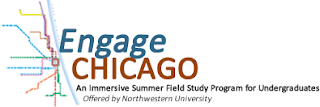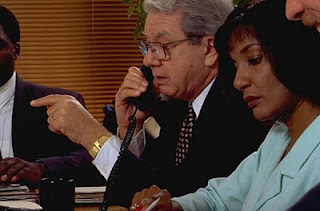Student Reflection

by Bridget Kern Over the past few weeks I have experienced a new service learning opportunity. While I still attend Spanish Story Time at the Urbana Free Library every month, I also found myself volunteering with the School of Social Work. When I initially signed up to work with the School of Social Work, I thought that I would be babysitting children while their mothers attended a weekly seminar about depression. Once I arrived however, I found that I had been recruited for a different task. The director of the group sessions found that during the course of the semester many women were unable to make it to the weekly group meetings because their carpool driver had other commitments and no other transportation was available to them. While Champaign-Urbana has one of the best bus systems in the state, many of the women were intimidated to utilize the bus as a method of travel because the schedules, buses and signs are all in English. My new project for the School of Social Work is t





















